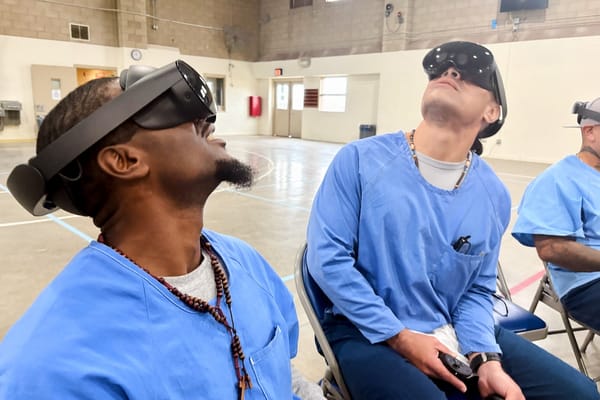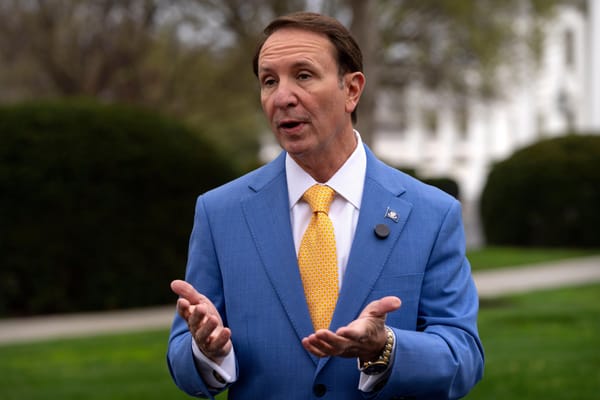Expert Opinion: Broadcast Broadband to Everyone: Messaging Beyond the Inner Circle
At MIO, we’re well aware that broadband isn’t being used to its full potential because not enough of the right people know what it is or what it can do for them. And since they don’t know what they’re missing, they’re not asking policymakers or the companies that provide broadband to make it more ac
Angela Wu
Our nation’s goal is to decrease that divide: to help key decision-makers understand what broadband is and why they need it; encourage companies and policymakers to make it widely available; and help communities make the most of the opportunities it offers for economic development, increased quality and reach of services, and jobs.
So when we (MIO) were ready to talk about our mission and reach out to the people who need to understand the value of broadband, we decided to jump right into the lifeblood of online communications: social media.
We wanted to focus on Twitter, Facebook and blogs. To better understand how to make the most of these resources, we worked with Nology Media, a content publishing, measurement and marketing agency that uses social media to connect brands with audiences. In other words, social media gurus. The folks at Nology outlined the steps we needed to take. First on the list was much like starting a discussion in person: identify the influential people who are talking about broadband, and then join their conversations.
We spent a combined 25 hours searching Facebook, Twitter and various blogging sites for people in the United States talking about broadband. What we found is, in itself, an important illustration of the digital divide.
Who’s talking?
We were surprised to learn that not many individuals who are knowledgeable and influential about broadband are actually talking about it through one of the hottest communication mediums available: social media. We identified only six key people, or “influentials,” who are consistently engaged in broadband dialogue: Andrew McLaughlin, with 6,058 followers; Susan Reynolds, with 5,089 followers; Cecilia Kang, with 4,905 followers; Bill Schrier, with 3,228 followers; Rachelle Chong, with 1,478 followers; and Craig Settles, with 939 followers.
While it’s true we searched for only 25 hours, it’s important to point out that the Internet is supposed to make it easy to find information, yet this wasn’t our experience with social media. There may be other broadband gurus having conversations out there, but if it takes more than 25 hours to find them, then doesn’t that defeat the purpose of having the conversations online?
What are they talking about?
Ironically, the people who have the most to gain from broadband aren’t even talking about it—nor are they the people being talked to through social media. In fact, based upon a review of conversations occurring among the influentials’ followers, we found that the top six influentials are more often talking with one another. Furthermore, those conversations are dominated by the following topics: policy, announcements (mergers, new devices or apps) and technological issues.
Even entities like Benton Foundation, Pew Research Center, Speedmatters.org, Public Knowledge—all of which release really good information about broadband challenges and usage—aren’t often talking to the real target audience: the current generation, which hasn’t yet adopted broadband but should to join the digital age. Instead, conversations are primarily among those who are already broadband-savvy. Policymakers and industry experts are talking to one another, and too often we couldn’t find information that explains to the target audience in plain English and in a way that matters to them what broadband is, what it can do for them and who can help them get online.
We also discovered that, while existing conversations are happening online, they’re still not reaching broadband’s true target audiences.
Needed: the right message to the right people and in the right place
When our founder traveled around the state last year in her prior role as Washington’s Broadband Policy and Program Director, she talked to potential end-users about what broadband can do for them. During those conversations she was repeatedly asked, “Why aren’t we hearing more about why broadband is important in the news, on TV or in radio?”
Our observation is that the people who are out there advocating for increased broadband usage should be talking about it where it will be really heard and in a manner that truly communicates broadband’s importance.
Consider where people get their news and information today[1]:
- 32% of social media users are ages 23-35
- 26% of social media users are ages 36-49
- 68% of online news users are under the age 50
- 39% of ages 30-49 are online news users
- Average Facebook user is 38
- Average Twitter user is 33
Clearly, the majority of decision makers still rely primarily on traditional media for their news and information.[2] Ironically, they are the very people with the clout to push for wider broadband use if they could only realize what it can do for them in their work and community. But they’re not hearing about broadband in traditional media.
As for the older demographic that is participating in social media, if they even monitor broadband they’re mostly hearing talk about policy, technology changes and announcements. That’s because the policymakers and industry experts are largely talking to one another. They’re not using social media to talk about broadband to others, and they don’t seem to be using traditional media to talk about broadband at all. So are we all really talking about broadband effectively?
What needs to change?
The broadband industry (both public and private sectors) needs to start talking about the value of broadband in a way that resonates with each audience (specific to education, health care, small business, public safety, agriculture, etc.). Plus, the conversation needs to occur, at least for now, in both social and traditional media in order to connect everyone to the issue, irrespective of age, and to one another.
How do we do this?
- We can’t wait for the magical moment when the target audience suddenly sees the light and starts using broadband. Due to the digital divide and the reasons for it, those people don’t know what they’re missing. Instead, influential broadband advocates need to change what they say about broadband, and how and where they discuss it.
- The people who have the most to gain from broadband need to understand in terms that make sense to them what it is, what it can do for them, how they can get access to it, and how they can put it to use. They need real-life examples that resonate with their lives and needs and that are backed by facts and figures to justify the effort to bring broadband into what they do.
- This more robust and meaningful conversation needs to reach the influentials in education, health, agriculture, transportation, small businesses and others.
At MIO, we want to decrease the digital divide. So we’re going to start talking. Naturally we’re going to talk to the people who want to maximize the opportunities provided by broadband. But we’re also going to talk to the people who aren’t using broadband but should be, because they’re the ones who stand to benefit the most. We encourage our peers who are influential in broadband—as well as those who aren’t talking about their laudable accomplishments—to start using both social and traditional media to talk about broadband beyond our inner circle. By reaching all age groups we can collectively generate a ripple effect of transformation and change into the digital age.
MIO Contact Informationinfo@miononprofit.orgwww.mionnonprofit.orgTwitter: mio_nonprofitFacebook: mio nonprofit
***
Angela Wu, Founder of MIO, a nonprofit corporation, shares facts and figures to inform, educate and connect the benefits of broadband-based applications and services to what people do.
[1] Hampton, Kieth N., Lauren S. Soulet, Lee Rainie, and Kristen Purcell. “Social Networking Sites and Our Lives | Pew Research Center’s Internet & American Life Project.” Pew Research Center’s Internet & American Life Project. Pew Research Center’s Internet & American Life Project, 16 June 2011. Web. 11 July 2011. <http://www.pewinternet.org/Reports/2011/Technology-and-social-networks.aspx>.
[2] Purcell, Kristen, Lee Rainie, Amy Mitchell, Tom Rosenstiel, and Kenny Olmstead. “Understanding the Participatory News Consumer | Pew Research Center’s Internet & American Life Project.” Pew Research Center’s Internet & American Life Project. Pew Research Center’s Internet & American Life Project, 1 Mar. 2010. Web. 11 July 2011. <http://www.pewinternet.org/Reports/2010/Online-News.aspx?r=1>.










Member discussion